Alright – so today we’ve got the honor of introducing you to Laura K Aiken. We think you’ll enjoy our conversation, we’ve shared it below.
Laura, appreciate you joining us today. Let’s start with education – we’d love to hear your thoughts about how we can better prepare students for a more fulfilling life and career.
I am referring to the Fine Arts program and design schools here. Students are not taught how to set up their businesses. there are many ways to make money on your own as a designer or artist. But if you don’t have the foundation of a good business model and how to manage that money you are doomed for failure.
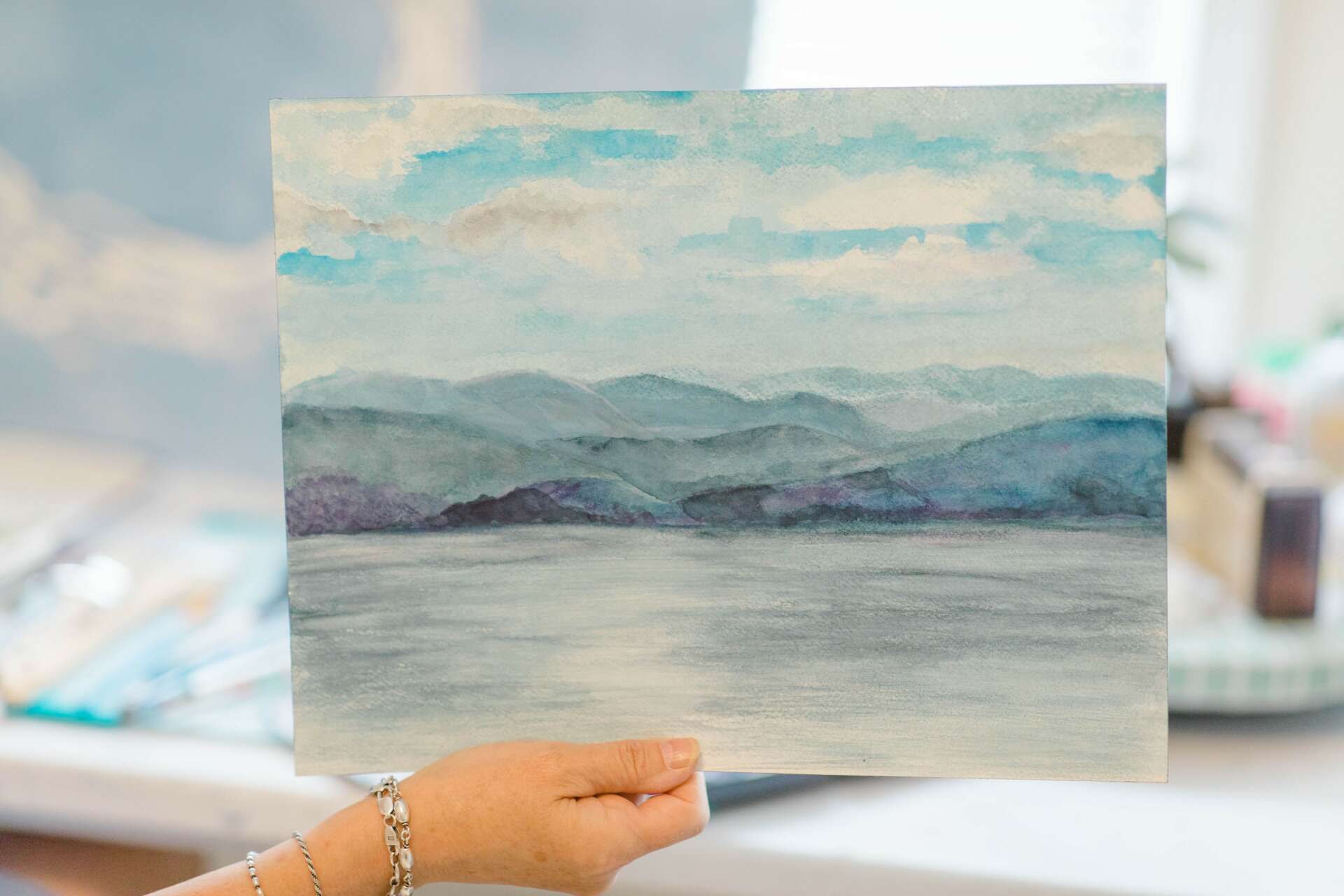
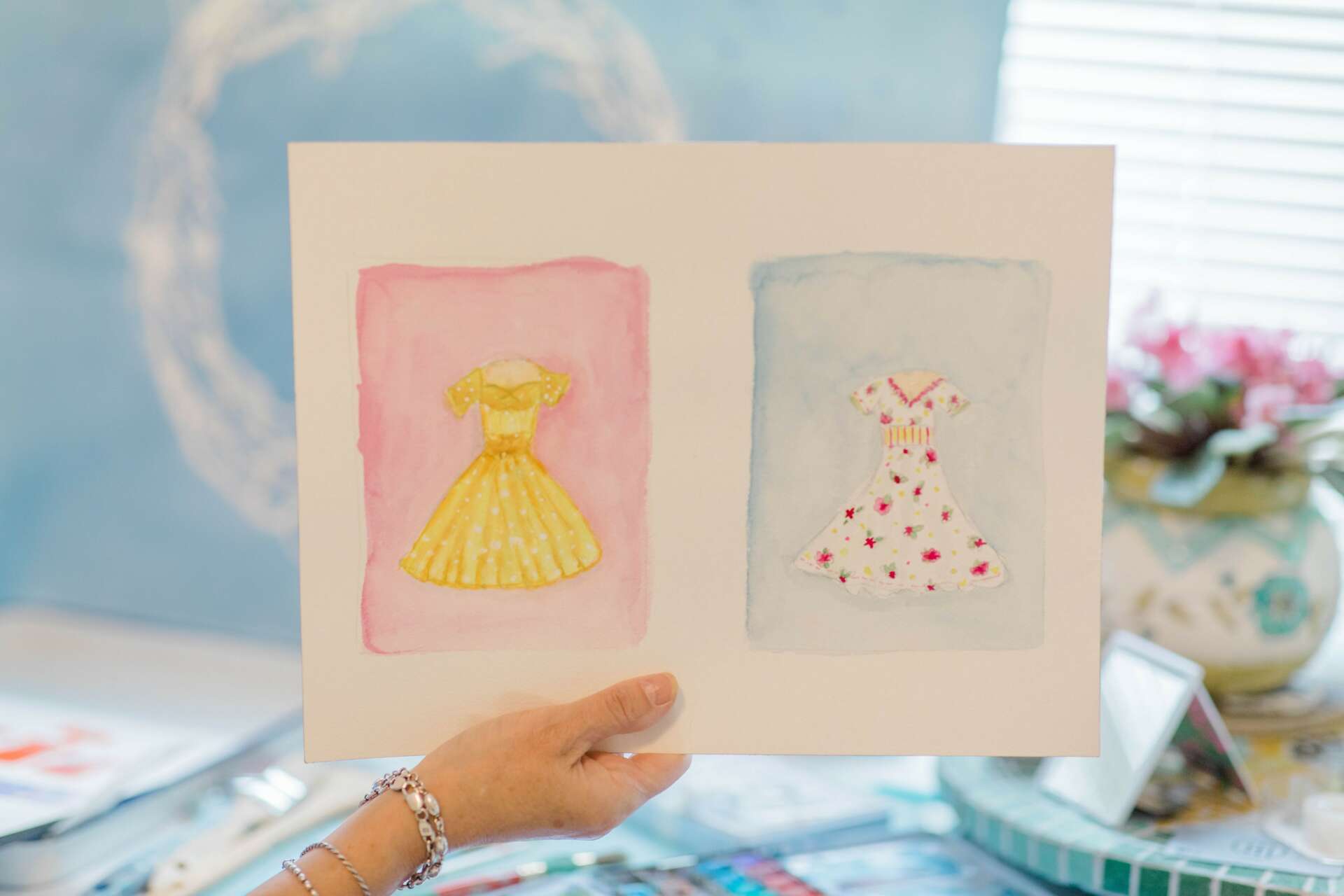
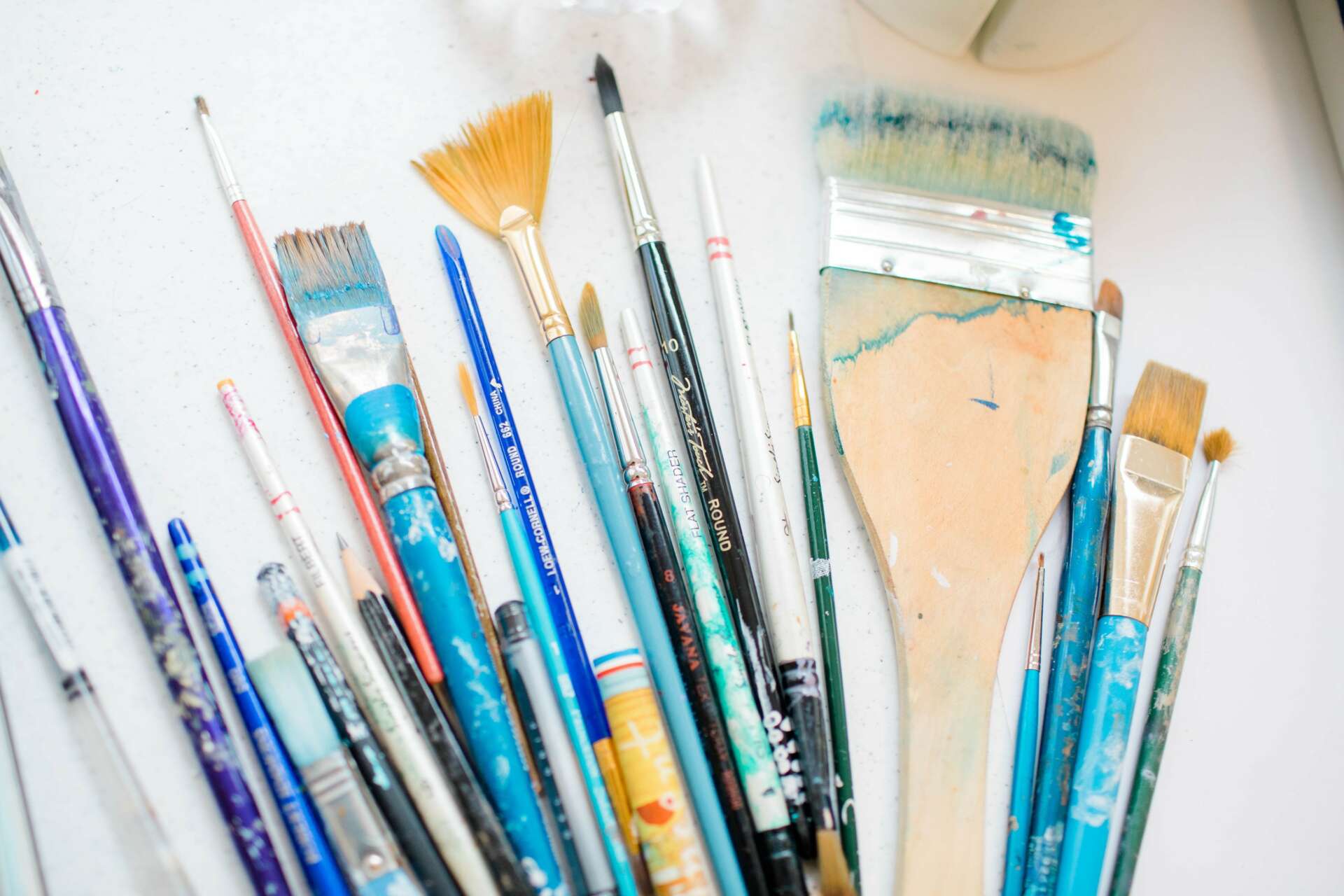
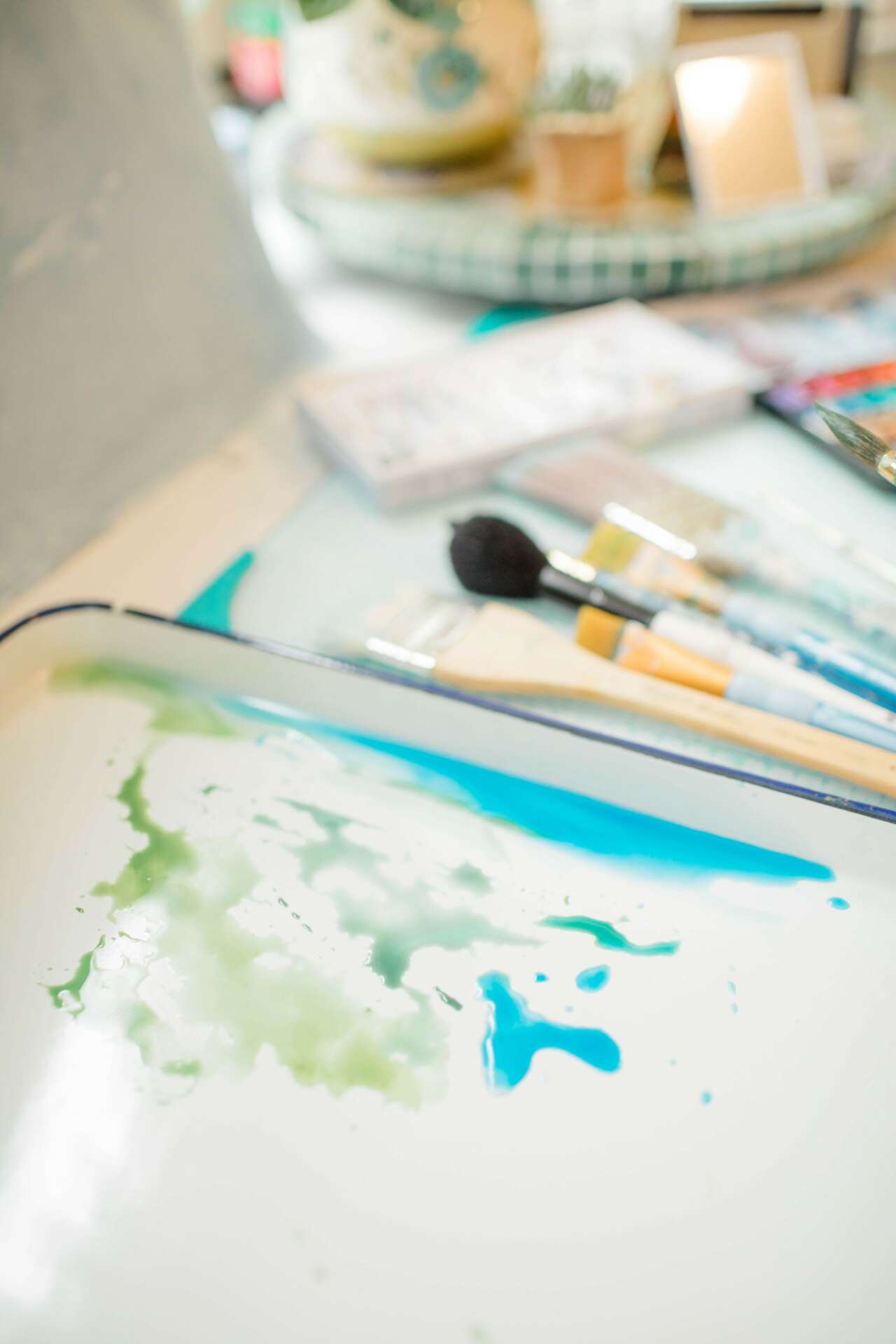
Great, appreciate you sharing that with us. Before we ask you to share more of your insights, can you take a moment to introduce yourself and how you got to where you are today to our readers
Like most artists, I knew from picking up that first crayon, this was my world. My family was very creative and we always had a project going. Through the years a family friend Suzanne Greene was a fine artist, who would offer classes in craft and art. I remember going into her studio and feeling like I was at Disney Land. I also had an aunt who had a pottery studio and the same feeling of joy and comfort would come over me when I would be around the mud. So the years passed and at the time graduating and going to art school was nearly asking for failure unless you were going into academic teaching. That didn’t cross my mind because I didn’t have the grades. So I enter a technical school in the program of Dental Assisting. I loved working with the wax and tools to create teeth. It sounds funny but it’s the truth. But actually, that was another program, although we practiced this technique. My twenties hit and I took classes from here to there on the side. Fast forward to the age of 30 when I got married, (since my 20’s are a blur). I became a military spouse for the next 18 years. My husband had already been enlisted for two. I was in out of art classes during these next years and eventually received a degree in office IT. This was a great creative outlet for me, computers were “fairly” the newest thing (around 94-95) and I loved it. I started web designing, newsletter design, church bulletins etc. In 2002 I started my own business teaching mosaic art classes. For the next 10 years I was deep into mosaic work but commercially. I missed my painting though. I longed to use my brush again. So I rebranded myself, feet first! It’s been the best decision to make. But it has been a long road to manage. I had to rebuild my cliental. I now love designing pattern work for surface and fabric. I am constantly look for new buyers and representation. My main goal is to provide a modern, cozy and fun design that feel perfect on pillows, rugs or any fabric. Another outlet for me with my artwork is custom home portraits. This project gives me so much pride because I get to interact with the client about something so special in a loved ones life, their home. The client gets to describe to me what they want and then email me a photo of the home of choice then in return, at the end of each session I send them the present stage.The client is right along for the ride. Usually there are about three updates. This way there are no surprises!
An artist who wants to monetize must have more than one product to offer. Using the Print on Demands sites is another alternative which I use. You design your products in companies like, Printed Mint, Society6, and Zazzle to name few. I am proud of what I create and love sharing it with others. To be able to make money off of my work is just topping on the cake.
Are there any books, videos, essays or other resources that have significantly impacted your management and entrepreneurial thinking and philosophy?
Alison B. Stanfield’s book “I’d rather be in the Studio” was a tremendous help to my business and still is today. Her book is invaluable to any creative starting their business and beyond
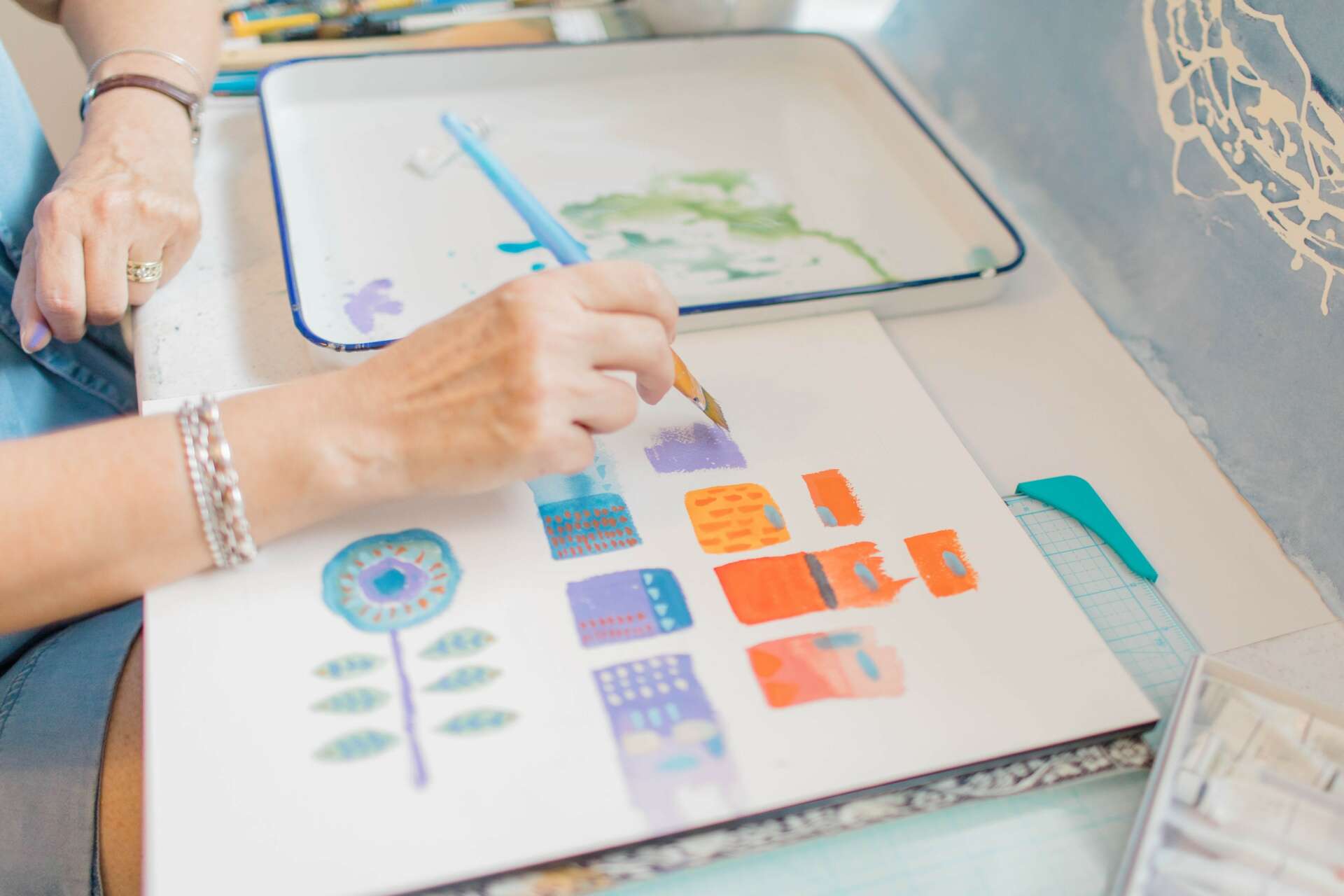



Is there something you think non-creatives will struggle to understand about your journey as a creative?
What non-creatives don’t see is the behind-the-scenes. The artist is every single thing in their business, especially starting out, unless you have money to hire out the grunt work. Not only do you paint you, take photos of the work, advertise the work, price, present, list on Etsy-type platforms, and describe each piece etc. You have the analytics to figure out, SEO to learn and keywords. It is a snowball effect. The list actually goes on and on. You focus so little on your artwork.
Contact Info:
- Website: http://www.laurakaiken.com
- Instagram: http://www.instagram.com/laurakaiken
- Facebook: http://www.facebook.com/laurakaiken.art
- Linkedin: https://www.linkedin.com/in/laurakaiken/
- Other: http://www.instagram.com/laurakaikenstudio http://www.instagram.com/laurakaiken.designs
Image Credits
Photographer | Creative Director Sophia Hopkins


